Recently, the guys at The Cookie Jar Golf Podcast asked me to create a “Dream 18” of my favorite golf holes. This is a tough task, and one that, in a traditional form, I wasn’t ready to take on. There’s too much great golf I need to explore first.
So as a bit of a cop-out, I created my own spin on a Dream 18: a collection of holes, arranged by their actual hole numbers, that are 1) available to the U.S. public and 2) under 400 yards.
Golf architects often talk about how, in routing a course, they often need to bypass great holes to make the course better overall. That was the case in this exercise, too; I had to leave off many outstanding holes in the process of making the list.
With that said, here is my (American, public, sub-400-yard) Dream 18:
Hole 1 – Eagle Springs Golf Resort – 298 yards
This Dream 18 is going to be jammed with quirk, so what better way to start than with the drivable opener at the Wisconsin nine-holer Eagle Springs. This hole sets a playful tone with its confounding blind tee shot and its extreme green.
-
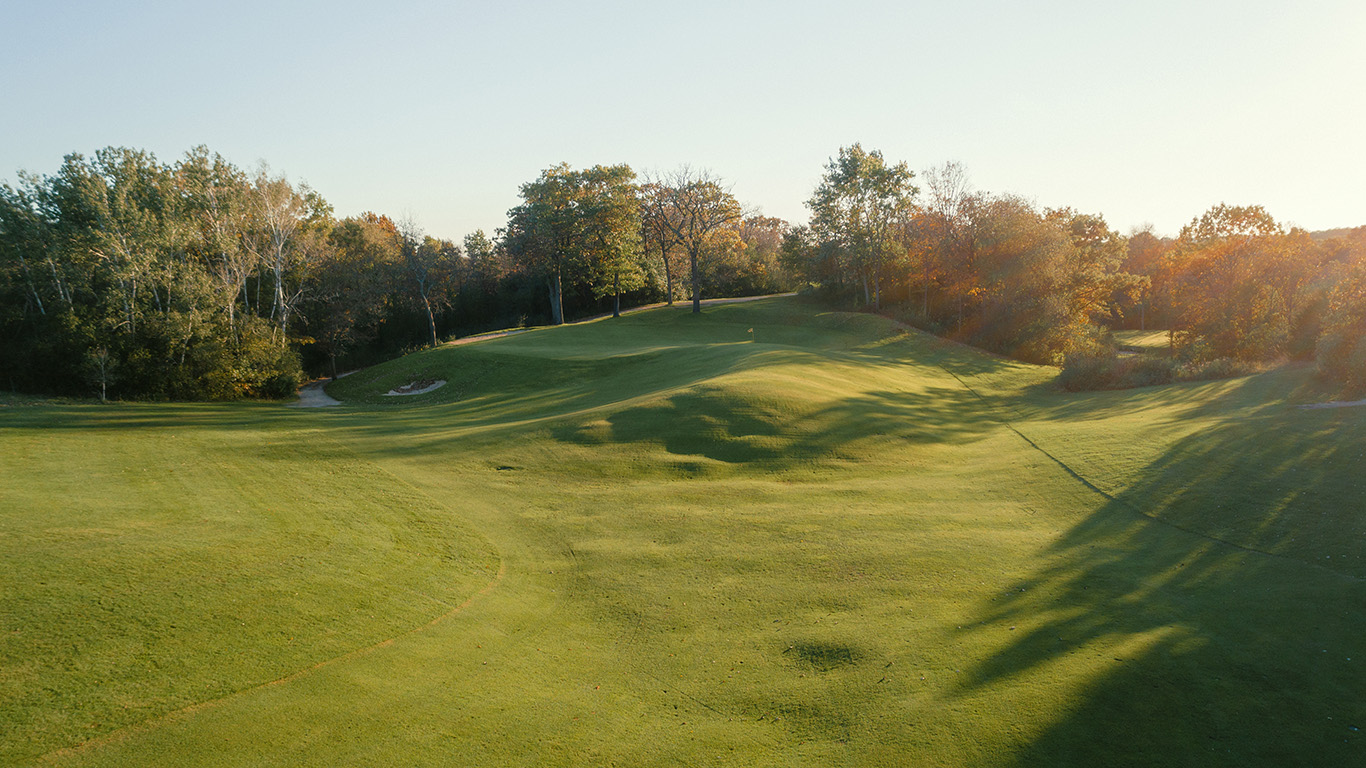
The first hole at Eagle Springs. Photo: Andy Johnson
-
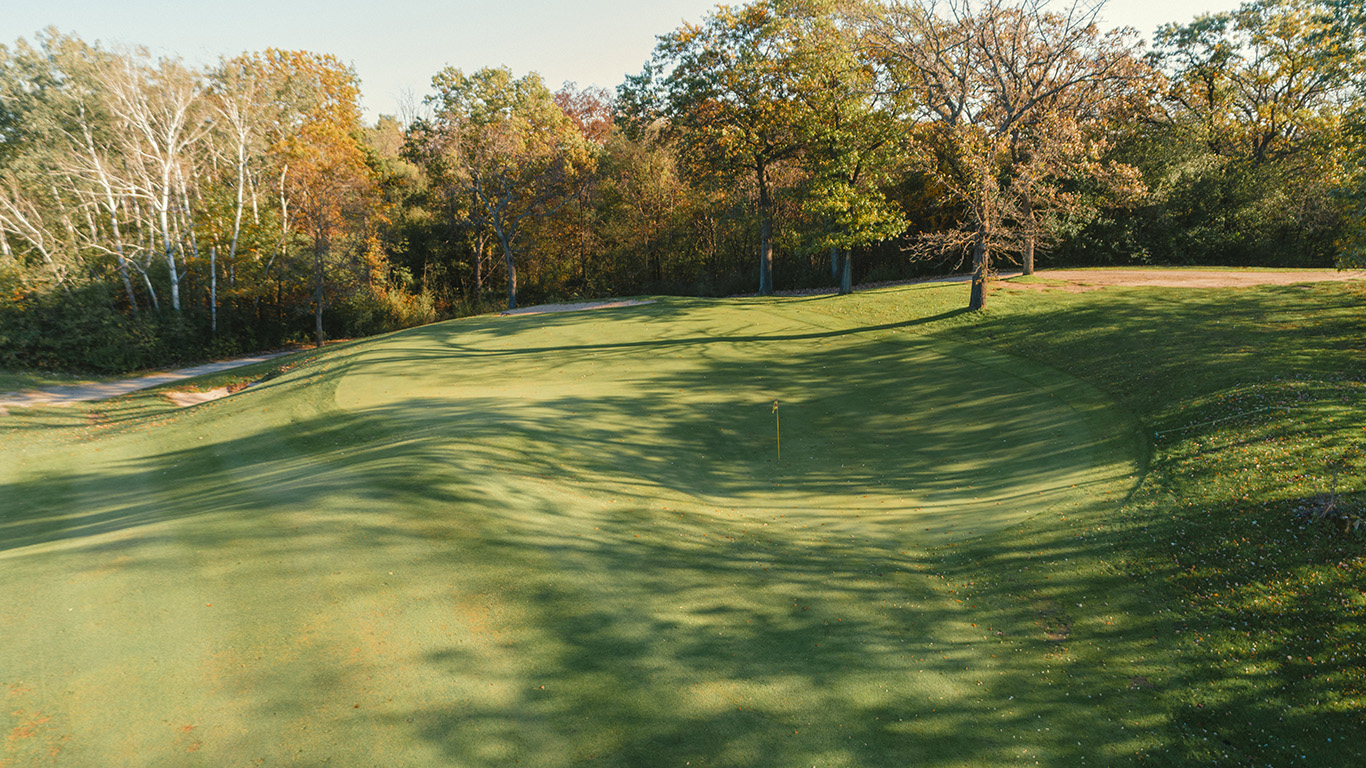
The first hole at Eagle Springs. Photo: Andy Johnson
Also cool? The very next hole at Eagle Springs, an unforgettable volcano template:
Hole 2 – Old Macdonald – 181 yards
With our max yardage being 400 yards, we’re going to need to test long-iron skills mostly with par 3s. The second hole at Old Mac is a great one for this purpose. It’s the best example of an Eden green I have seen in the U.S., with a mixture of fun, accessible pins and more treacherous spots. Shots that sail long or fall short leave players with very delicate chips.
-
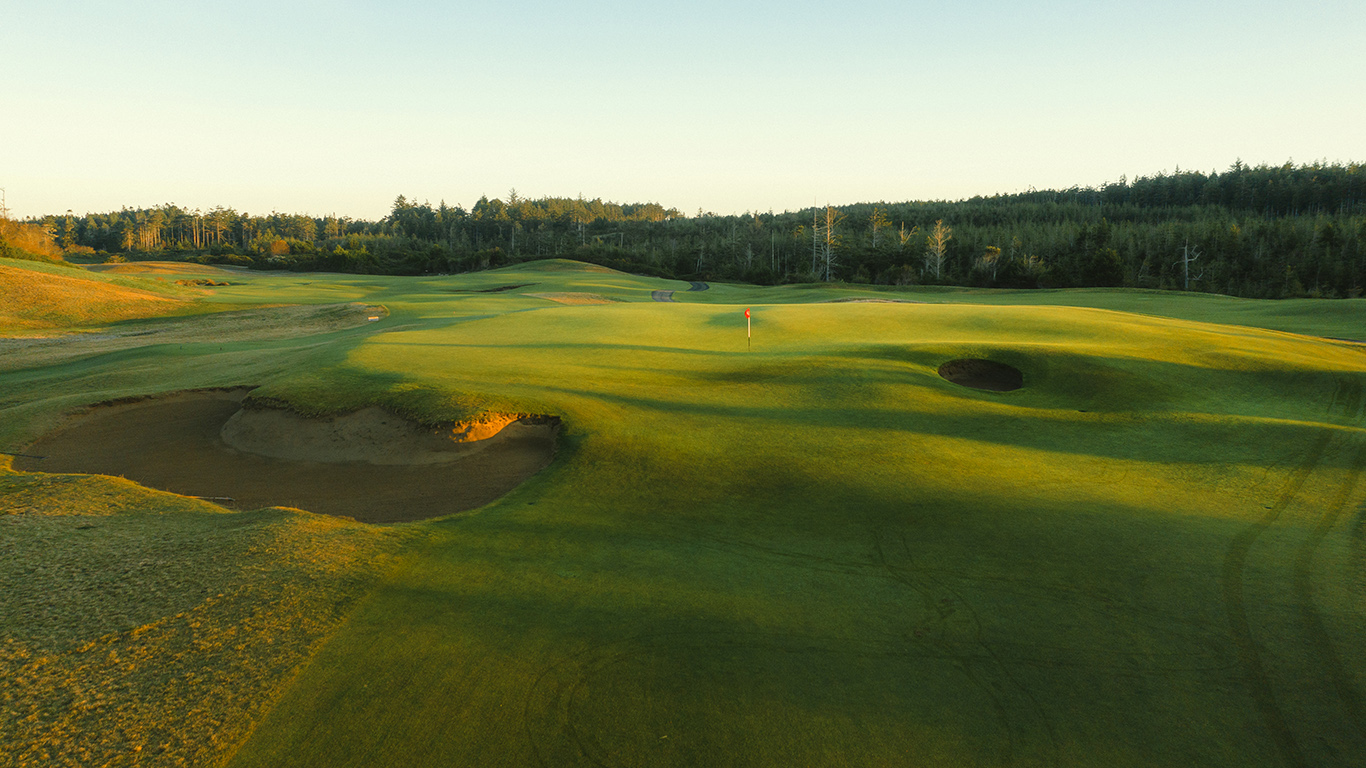
The second hole at Old Macdonald. Photo: Andy Johnson
-
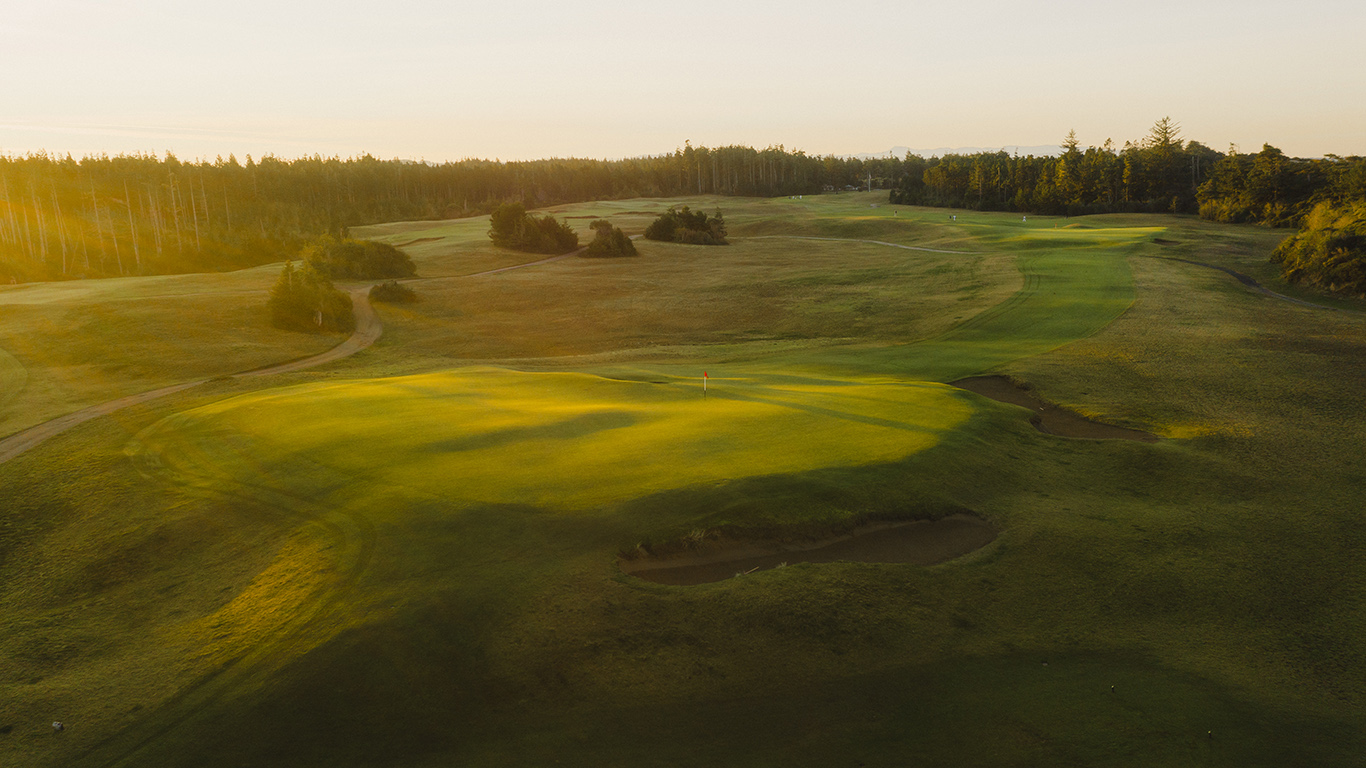
The second hole at Old Macdonald. Photo: Andy Johnson
Hole 3 – Pinehurst No. 2 – 387 yards
The third at Pinehurst No. 2 continues our theme of gettable but far from easy. Like the Eden at Old Mac, this hole requires the utmost care in approaching the green. Any poor shot will be repelled into a bad place. This difficulty of the approach puts more pressure on the tee shot, forcing you to think about what angle and number you want to leave yourself. At Pinehurst No. 2, closer isn’t always better; having a full array of spin-control options can be just as important as driving it far.
-
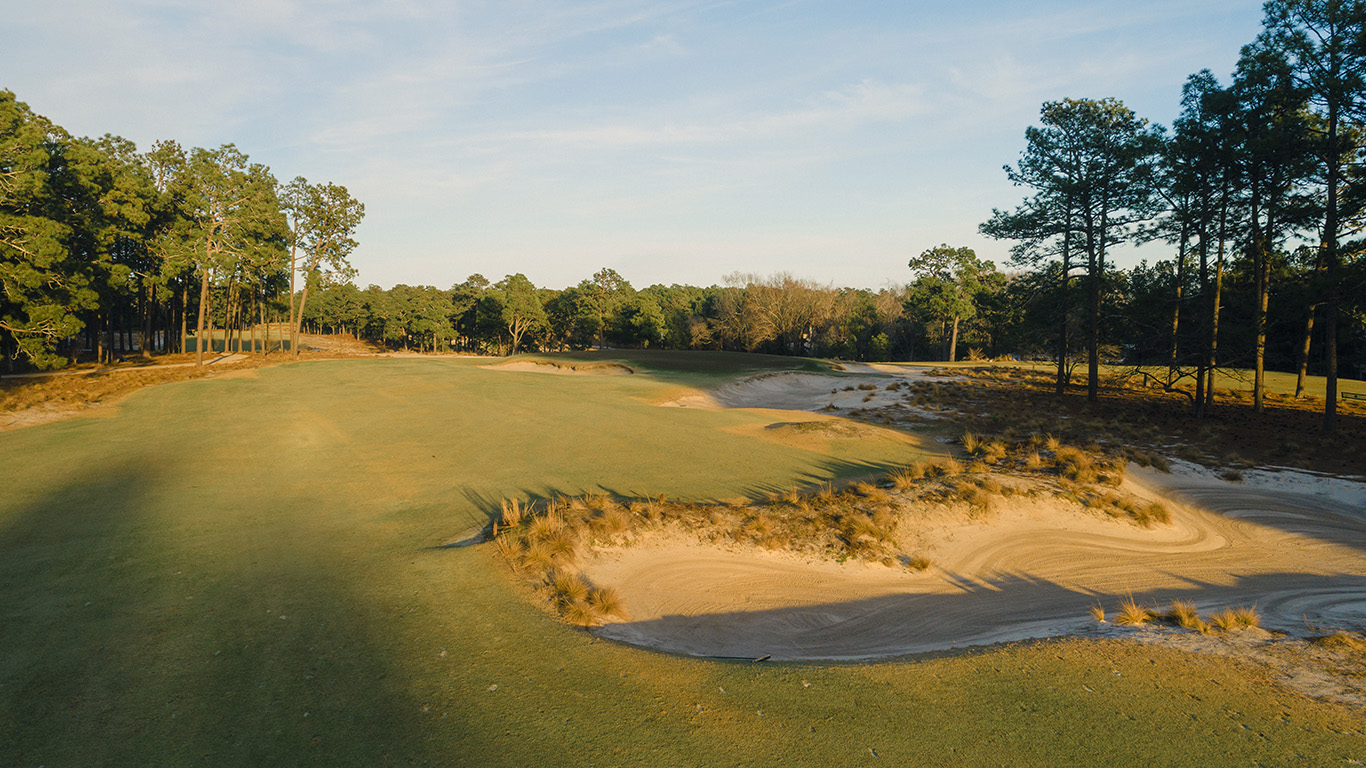
The third hole at Pinehurst No. 2. Photo: Andy Johnson
-

The third hole at Pinehurst No. 2. Photo: Andy Johnson
Hole 4 – The Loop (Black Course) – 348 yards
This is another par 4 where pushing it up close to the green may not be advisable because the green surrounds are so severe. The front of the green forms a kind of halfpipe. If you hit your tee shot up the middle, your approach will be like bowling with bumpers up. But if you’re right or left, the same contours will work against you, and you’ll have a much harder time scoring.
-
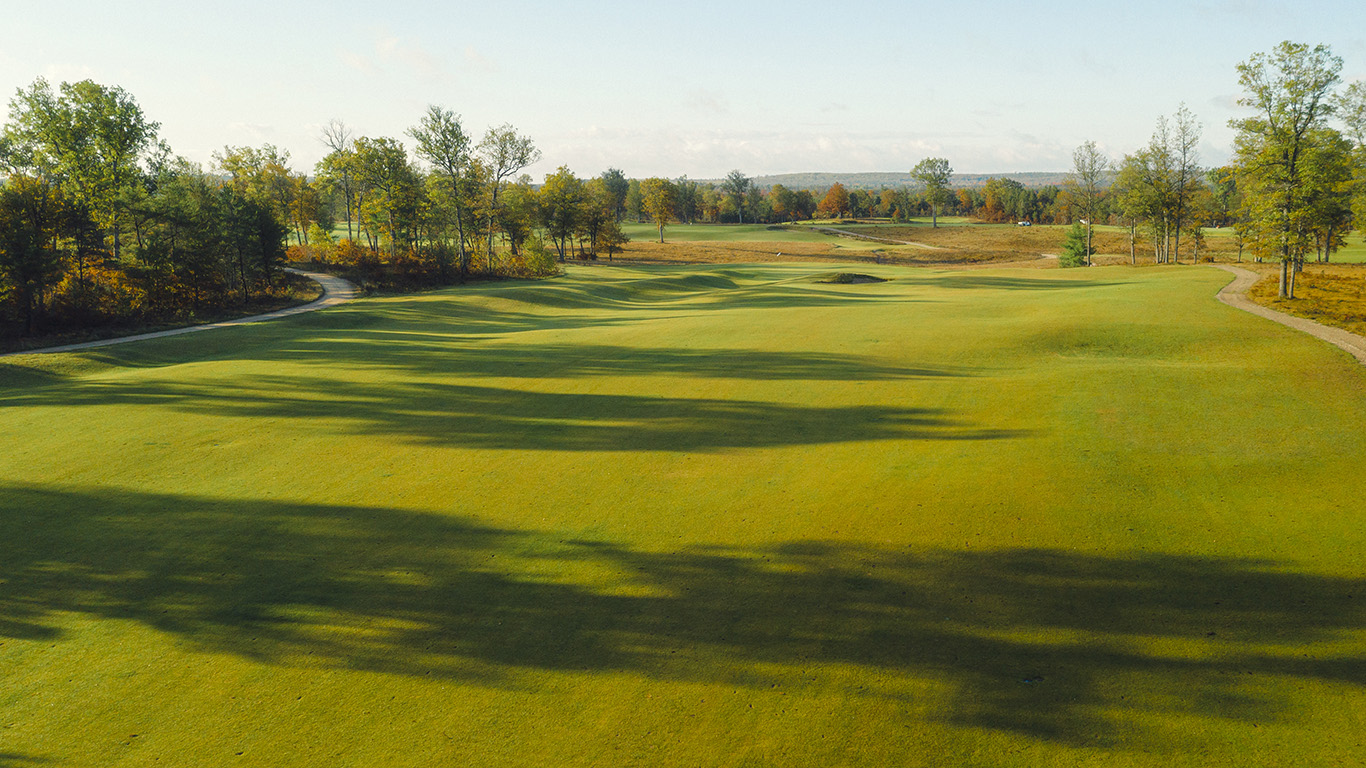
The fourth hole at The Loop (Black). Photo: Andy Johnson
-
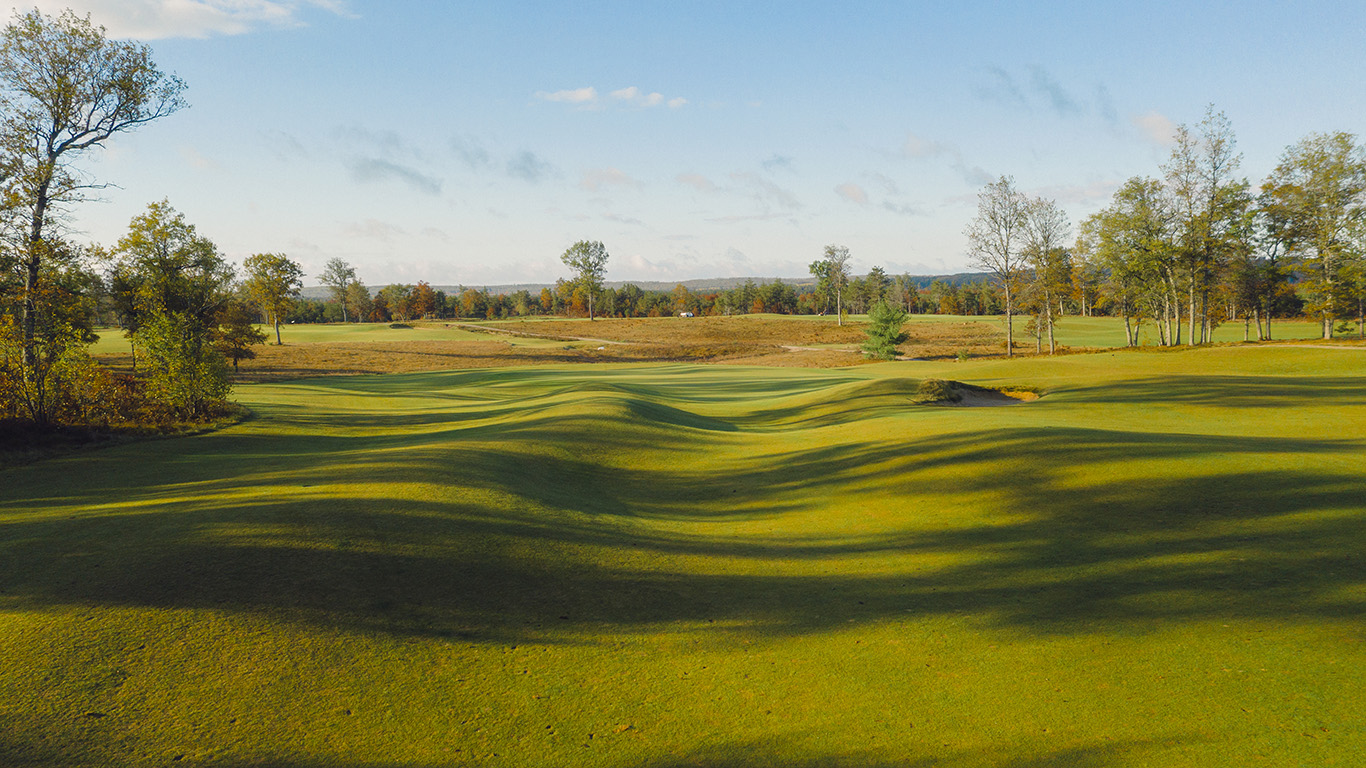
The fourth hole at The Loop (Black). Photo: Andy Johnson
Hole 5 – Greywalls at Marquette Golf Club – 321 yards
This hole fully embodies the Jurassic scale of Greywalls. On the tee, all you see is a wall of rocks. A long iron should give you a wedge approach to a green pressed alongside a massive granite outcropping.
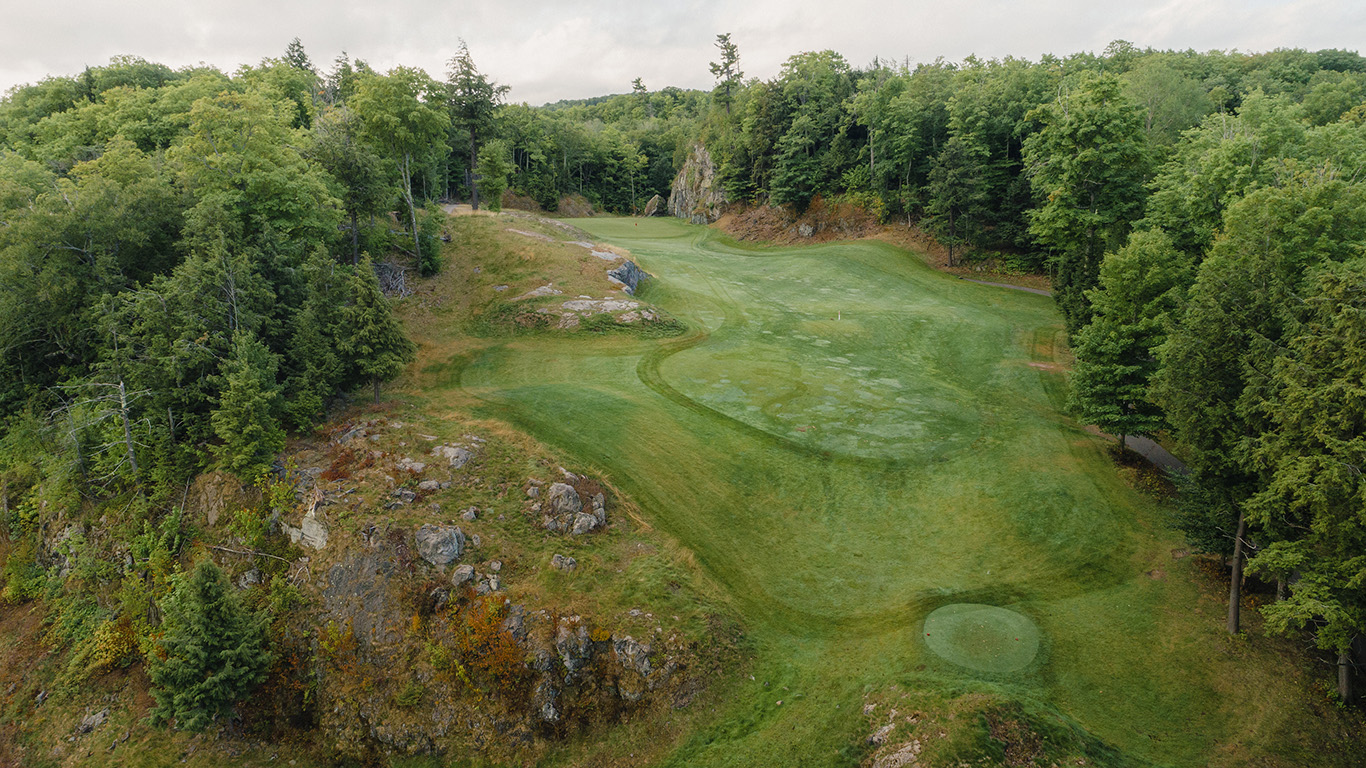
The fifth hole at Greywalls. Photo: Andy Johnson
Here’s a profile of another dramatic hole at Greywalls, No. 7:
Hole 6 – Pacific Dunes – 316 yards
Pacific Dunes is filled with tremendous sub-400 yard par 4s, and the sixth may be the cream of the crop. The hole plays like a mirror image of the 10th at Riviera. The green is one of the smallest and hardest to hit at the Bandon resort, but a sliver of it opens up to the right side of the fairway. Left off the tee is wide open, but good luck finding the putting surface from here.
-
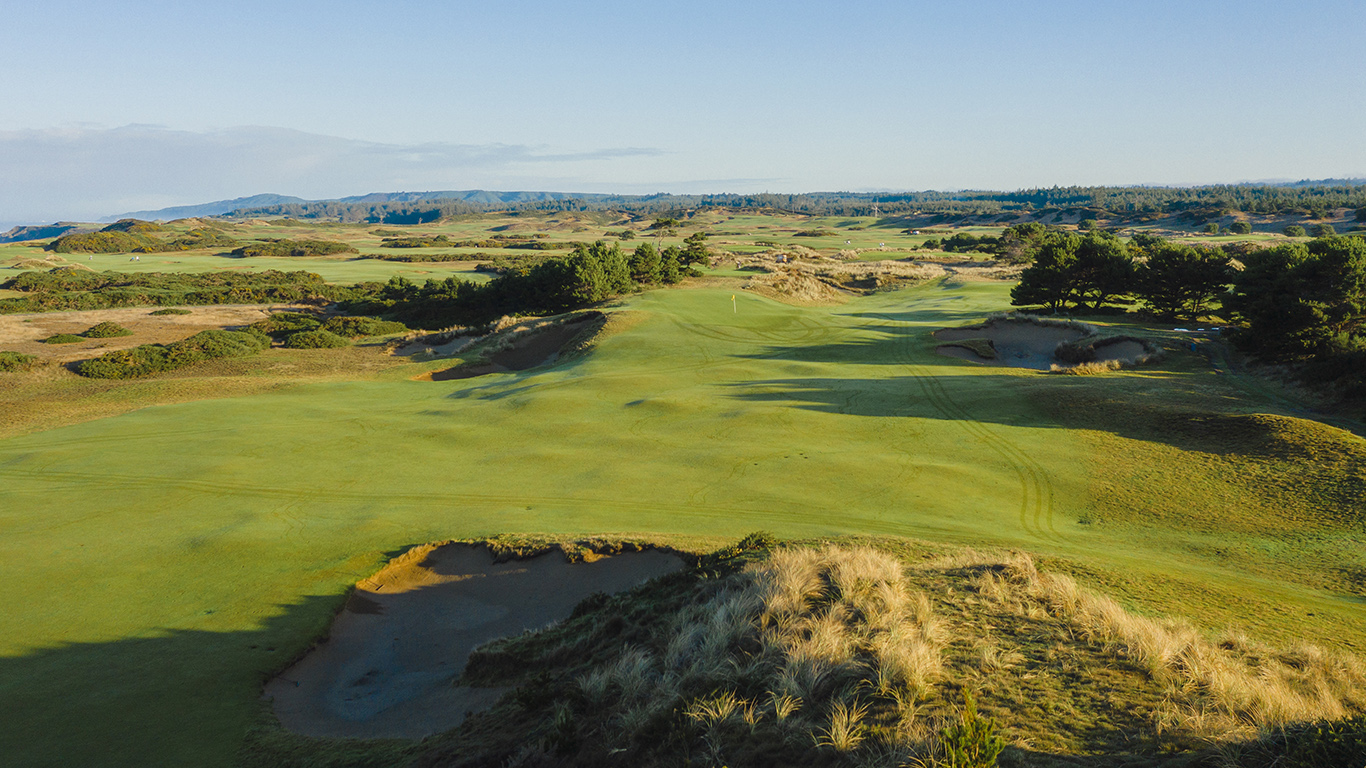
The sixth hole at Pacific Dunes. Photo: Andy Johnson
-
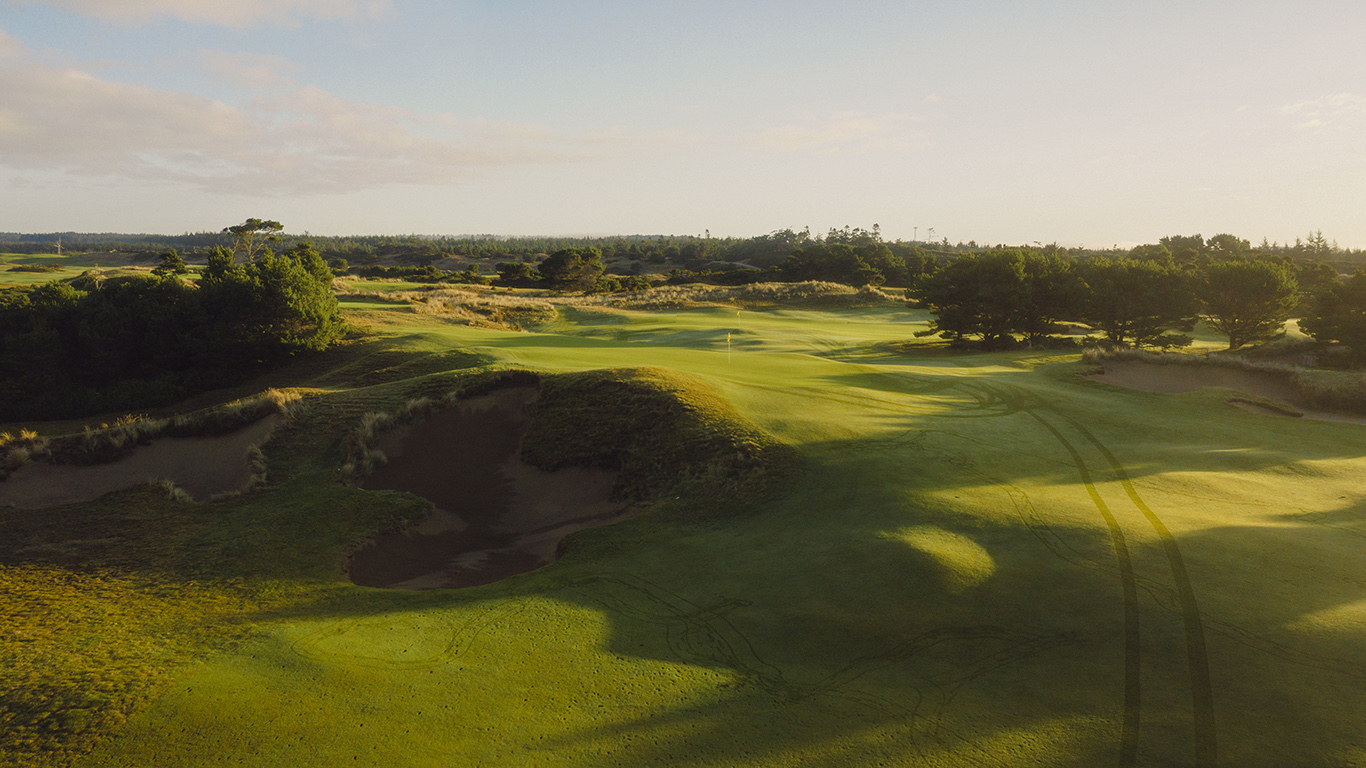
The sixth hole at Pacific Dunes. Photo: Andy Johnson
-
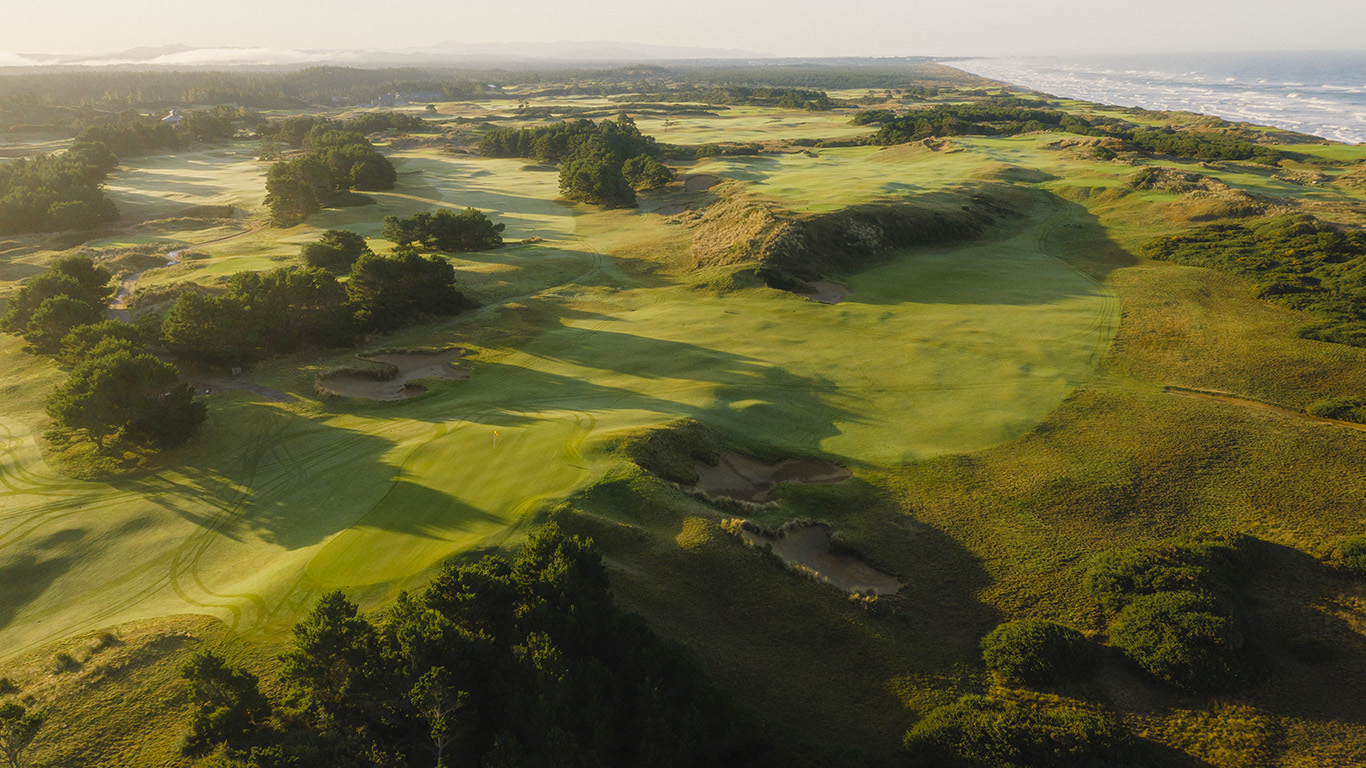
The sixth hole at Pacific Dunes. Photo: Andy Johnson
Check out our recently posted roundtable discussion of Pacific Dunes:
Hole 7 – Pebble Beach Golf Links – 106 yards
I don’t think I need to explain this one. The seventh at Pebble Beach is one of the most dramatic holes in the world, and like many of the most memorable short par 3s, it calls for a precise (and, when it’s windy, flighted) wedge.
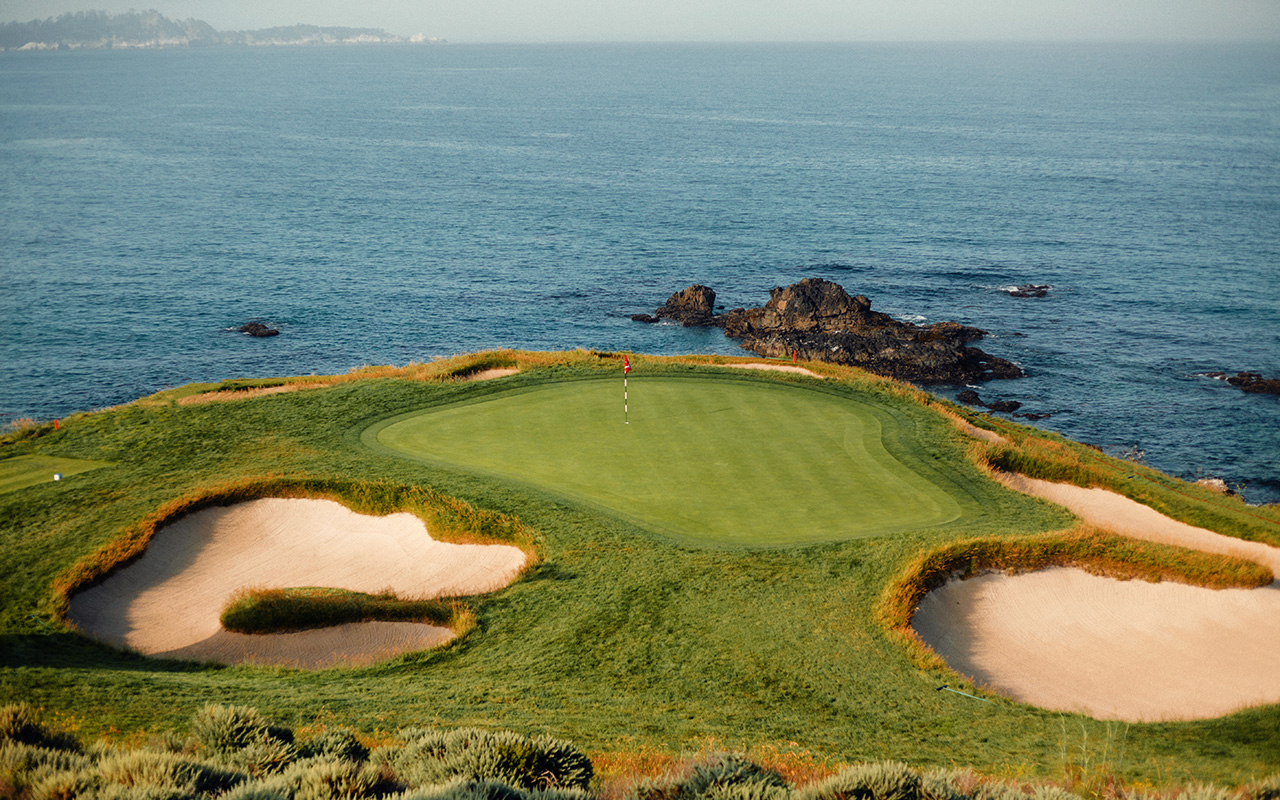
The seventh hole at Pebble Beach. Photo: Cameron Hurdus
Hole 8 – Bandon Trails – 321 yards
Bandon Trails has a number of worthy candidates for a Dream 18, but the eighth stands out for its majestic setting on top of a ridge and its subtle design. In the right conditions, it’s drivable. The more you push up toward the green, though, the more you bring the drop-off to the left and the vegetation to the right into play. Both eagle and triple bogey are in play.
-
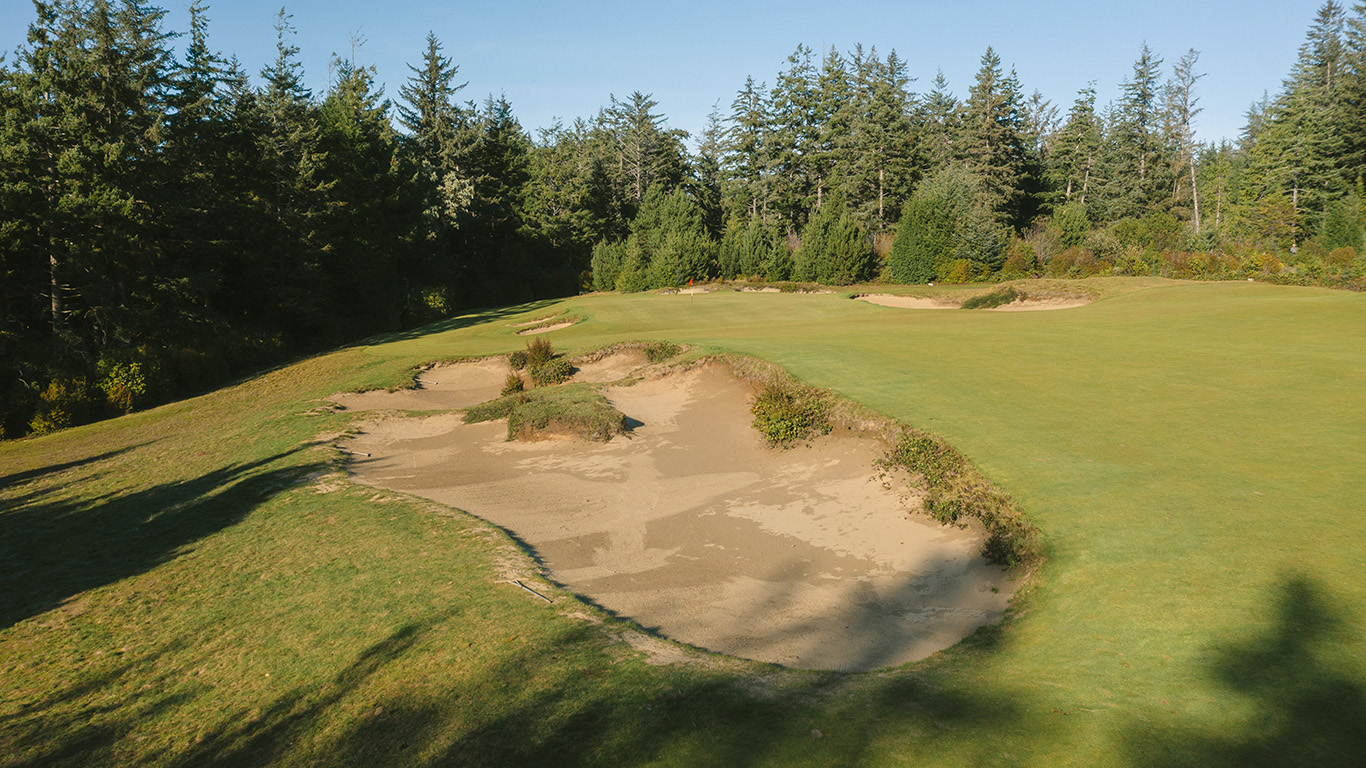
The eighth hole at Bandon Trails. Photo: Andy Johnson
-
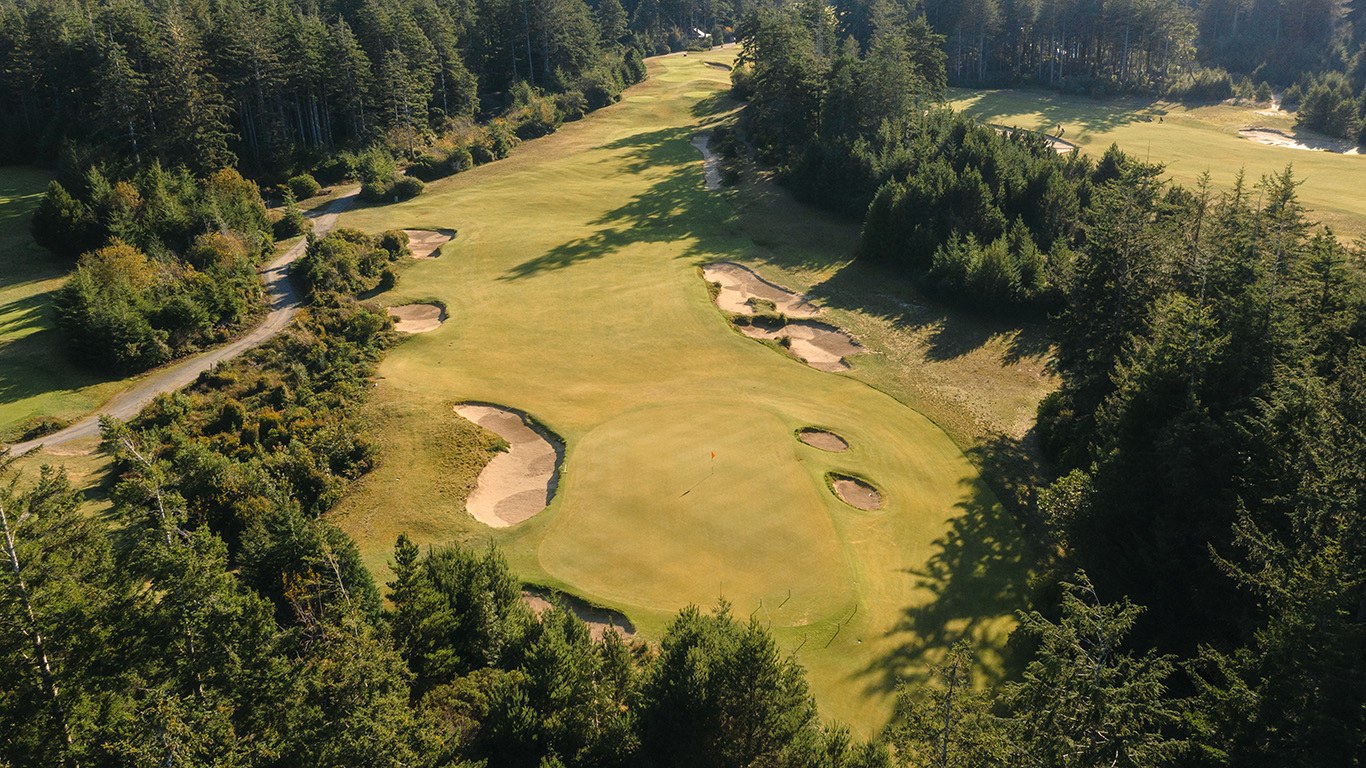
The eighth hole at Bandon Trails. Photo: Andy Johnson
Hole 9 – Wild Horse Golf Club – 185 yards
Given that Wild Horse has many stunning holes, some would consider the par-3 ninth an odd choice. But I love this hole’s use of visual deception. From the tee, the left side looks scary because of an imposing bunker while the right side offers plentiful short grass. When you get to the green, however, you see that the slope on the right is brutal, propelling balls away from the target. The space over the bunker on the left, on the other hand, is generous and relatively benign.
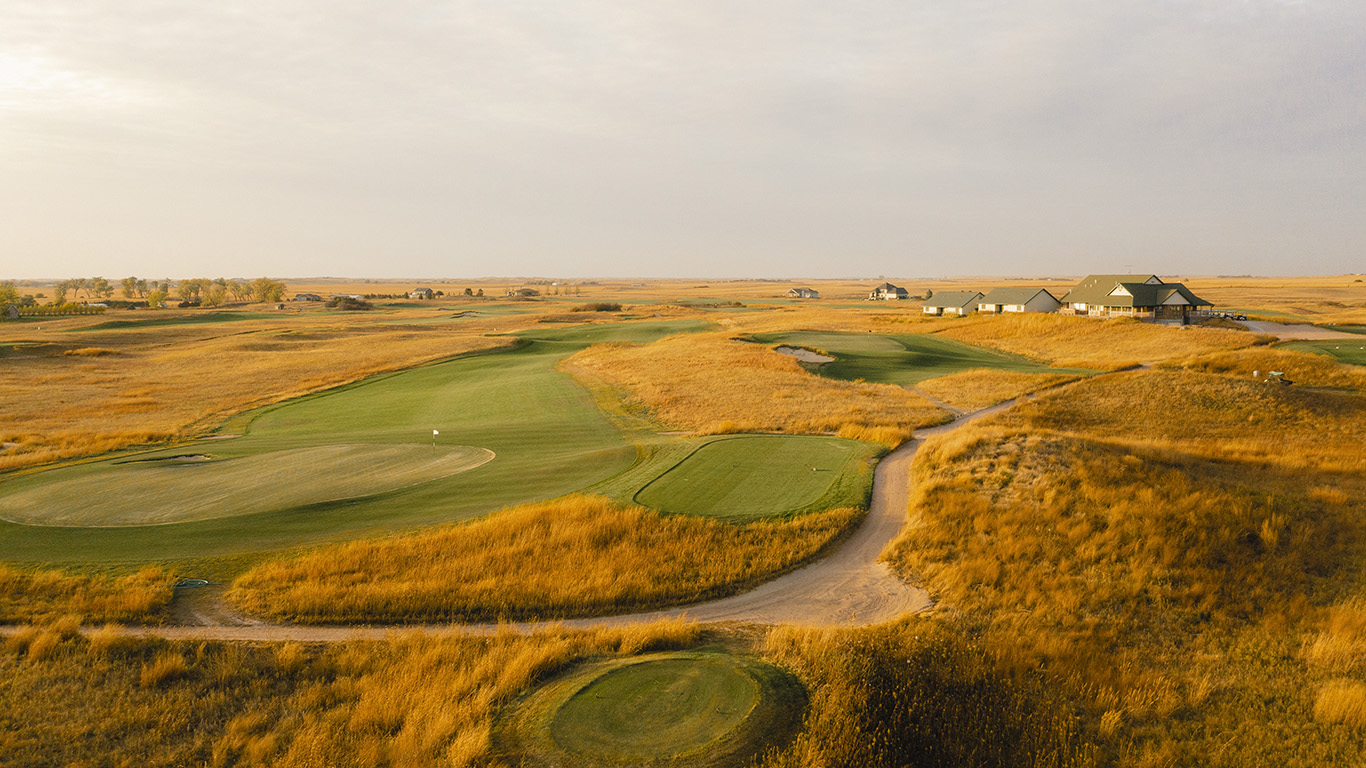
The ninth hole at Wild Horse. Photo: Andy Johnson
Here’s our video on Wild Horse’s design:
https://youtu.be/R38dVzH79K8\
Hole 10 – Lawsonia Links – 239 yards
If you compiled a list of players’ favorite holes at Lawsonia Links, I doubt 10 would be well represented. That’s partly because it’s super hard. But the green is incredible, with two rolls cutting across and creating three distinct sections. The bunker on the right is dead, and so is long. Think of it as a par 3.5 and you might have more fun.
-
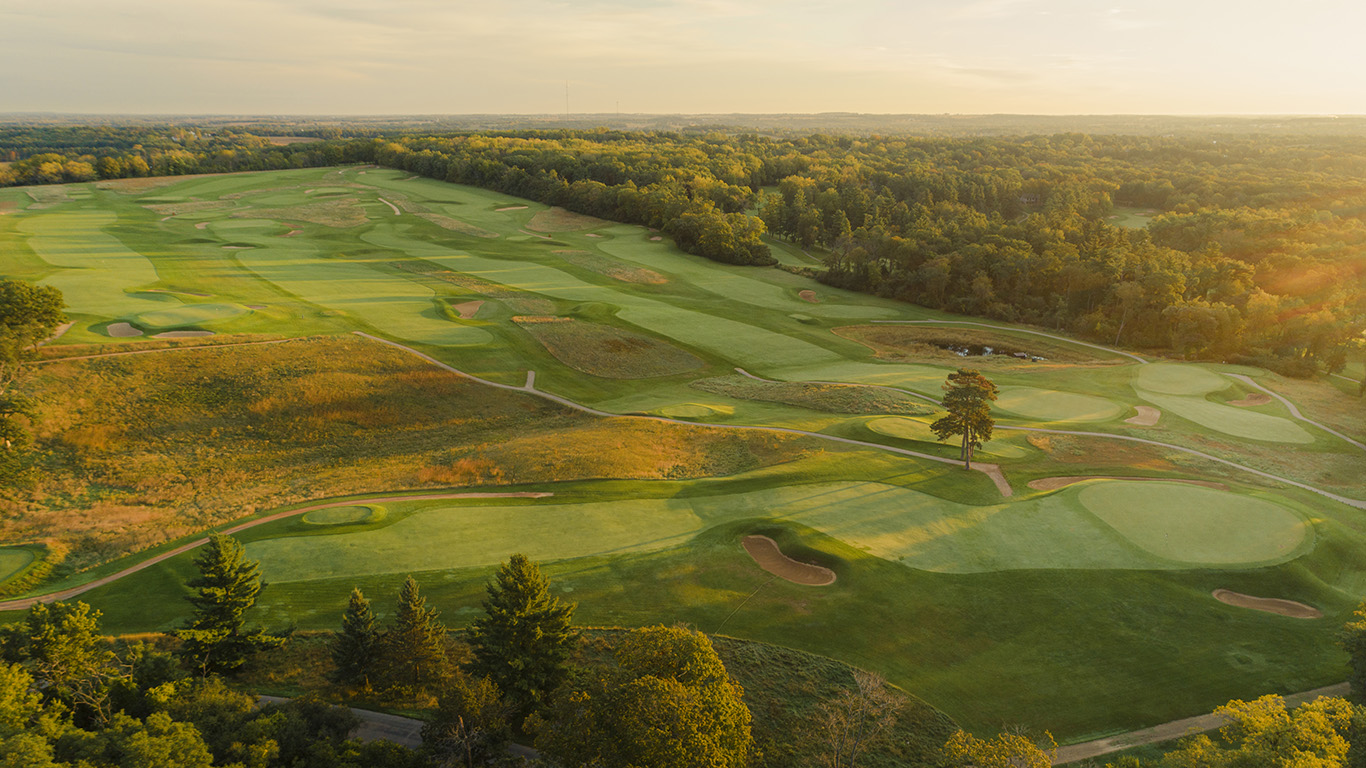
The 10th hole at Lawsonia Links. Photo: Andy Johnson
-
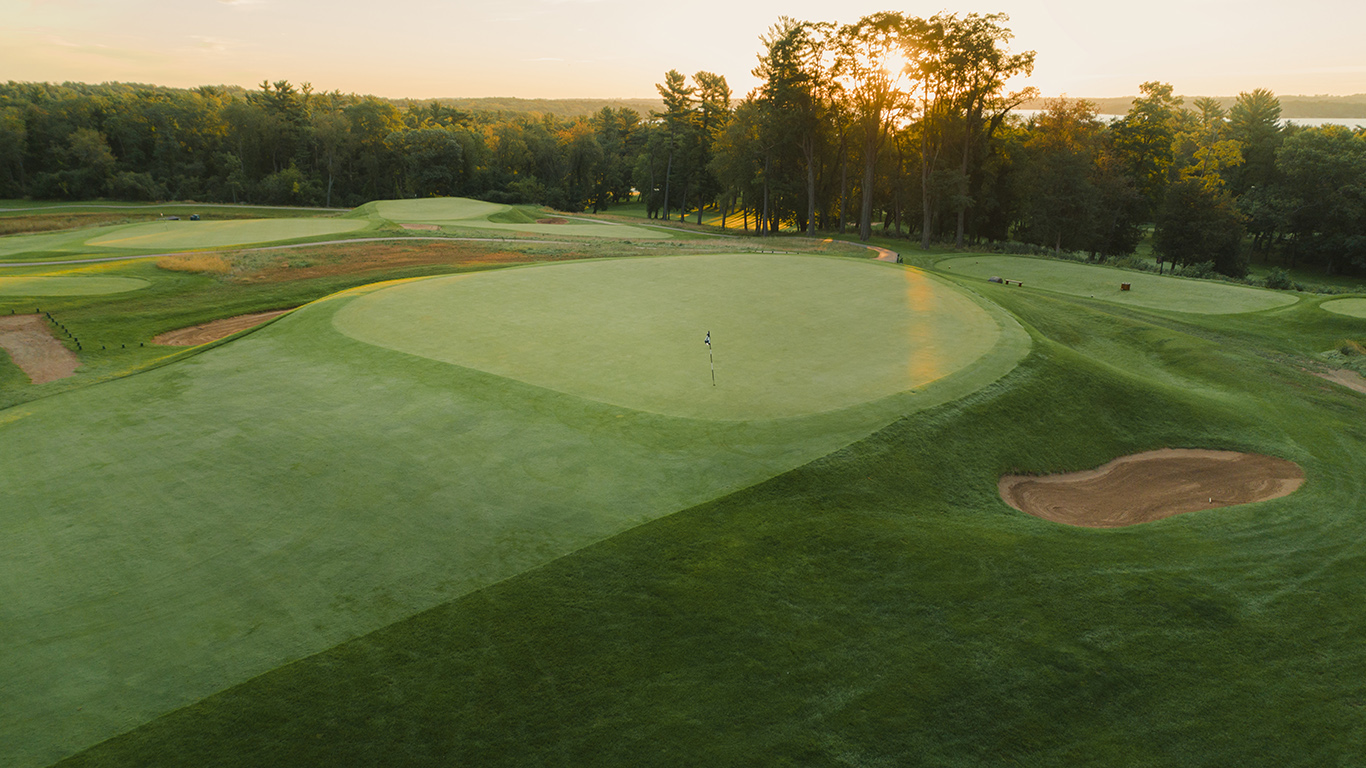
The 10th hole at Lawsonia Links. Photo: Andy Johnson
Hole 11 – Belvedere Golf Club – 394 yards
The 11th at Belvedere is all about the movement of the land. It plays long and uphill, and the green sits at the bottom of a sharper slope. A small ridge descends right to left in front of the green, obscuring approaches from the right half of the fairway but leaving an open view from the left. The green is utterly diabolical.
For more on that green, read my recent article on drainage design.
-
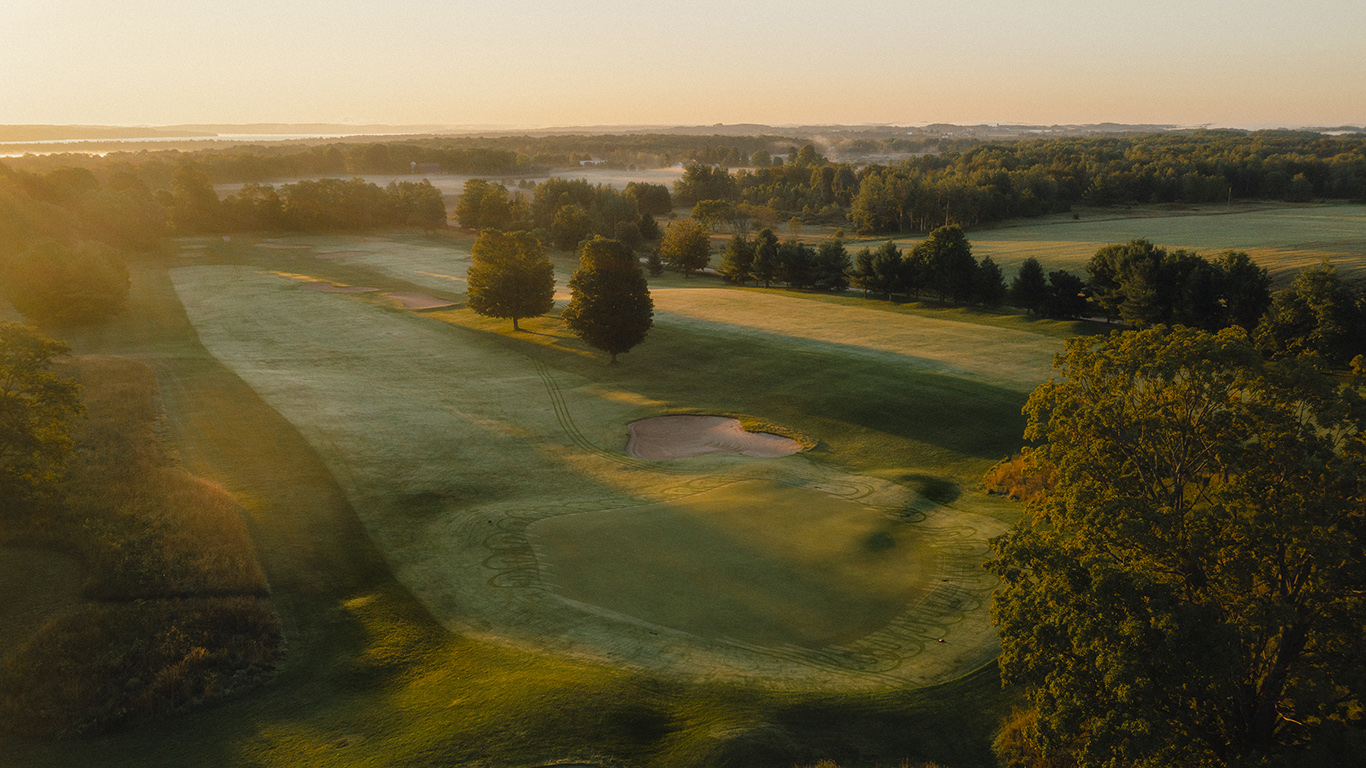
The 11th hole at Belvedere. Photo: Andy Johnson
-
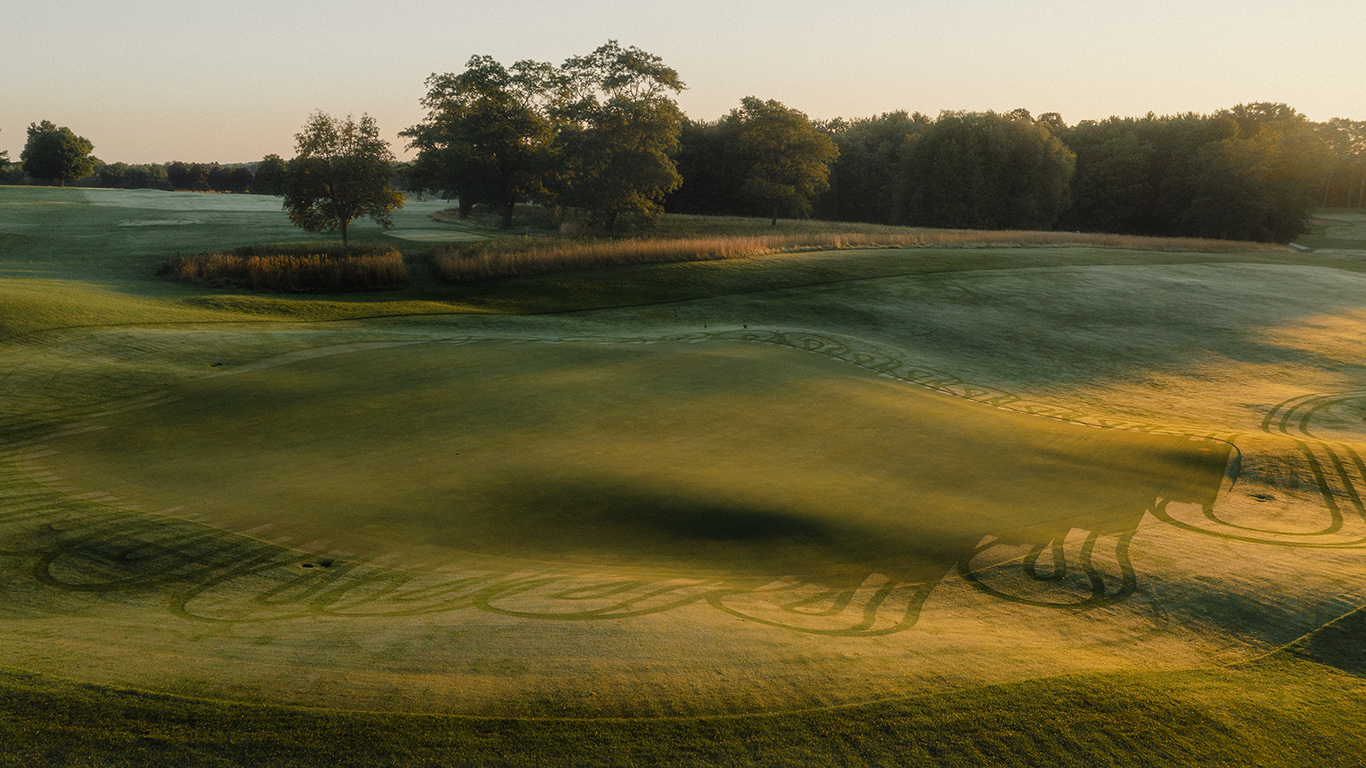
The 11th hole at Belvedere. Photo: Andy Johnson
Hole 12 – Rustic Canyon Golf Course – 336 yards
Like several other short par 4s on this list, the 12th at Rustic offers a comforting expanse of fairway to one side—in this case, the right. But the more you hedge toward that side, away from the hazards on the left, the less you’ll be able to use the backstopping contours in the green on your approach.
-
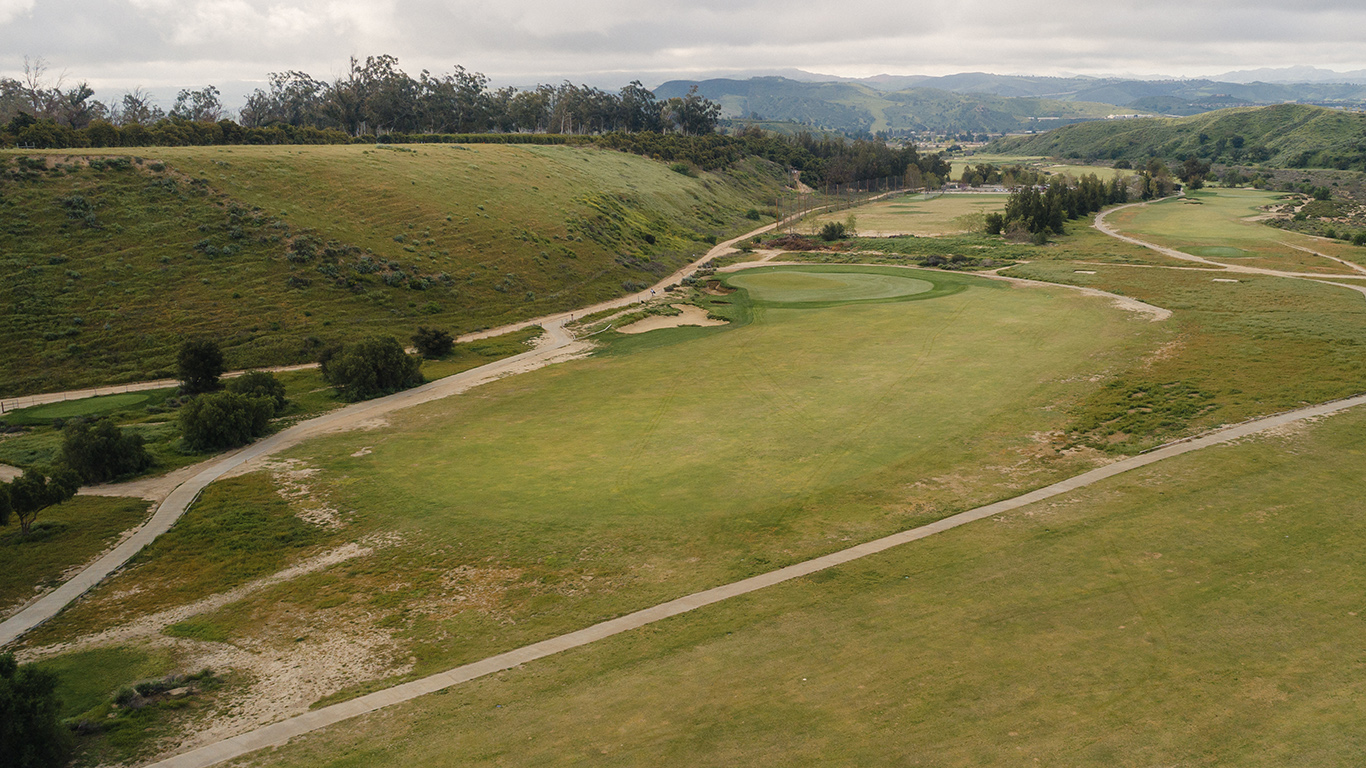
The 12th hole at Rustic Canyon. Photo: Andy Johnson
-
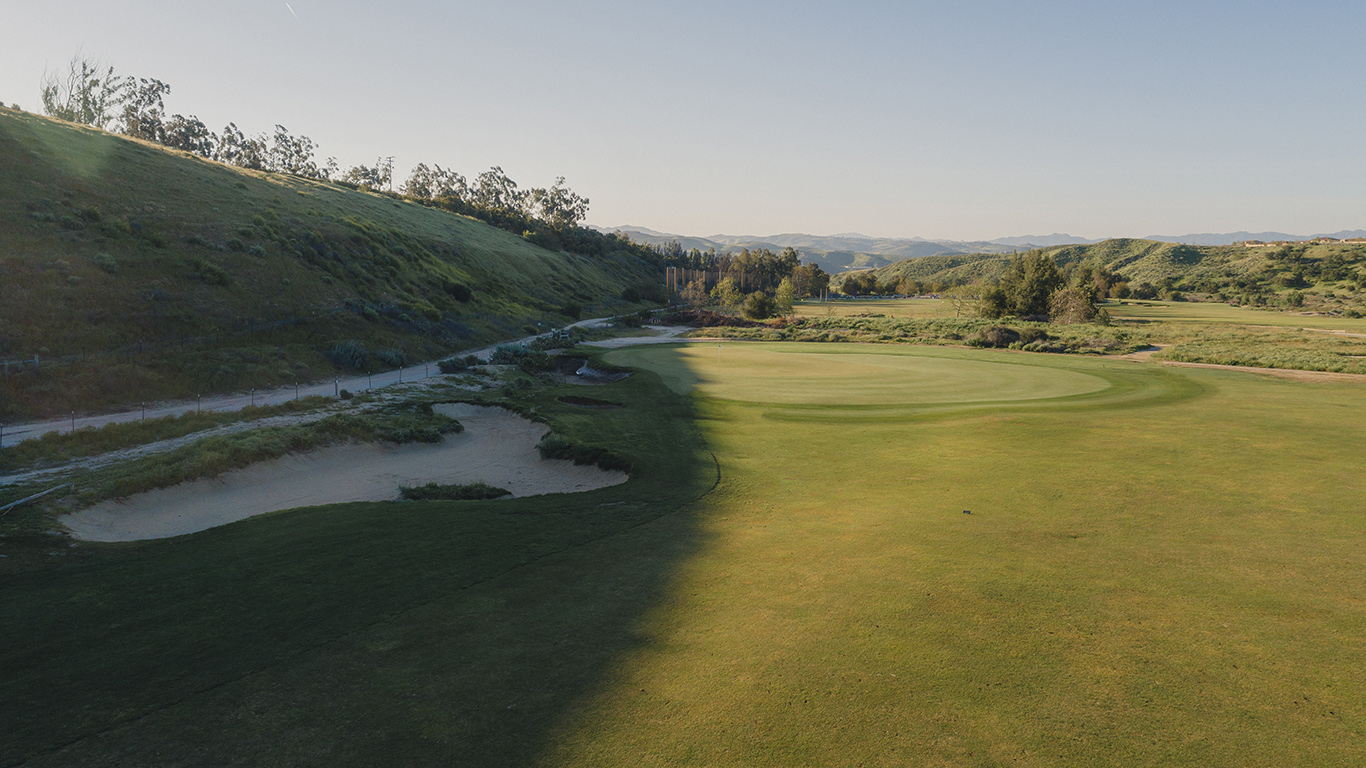
The 12th hole at Rustic Canyon. Photo: Andy Johnson
Watch our full video on Rustic Canyon, which features commentary by co-designer Geoff Shackelford:
Hole 13 – Pacific Grove Golf Links – 316 yards
One of the best back-nine stretches in all of golf is 11-16 at Pacific Grove, which rambles through the sand dunes next to Ocean View Boulevard and the Pacific Ocean. The delightful 13th plays from an elevated tee to a green that nestled into the biggest group of dunes on the property.
For an in-depth look at Pacific Grove’s back nine, click here.
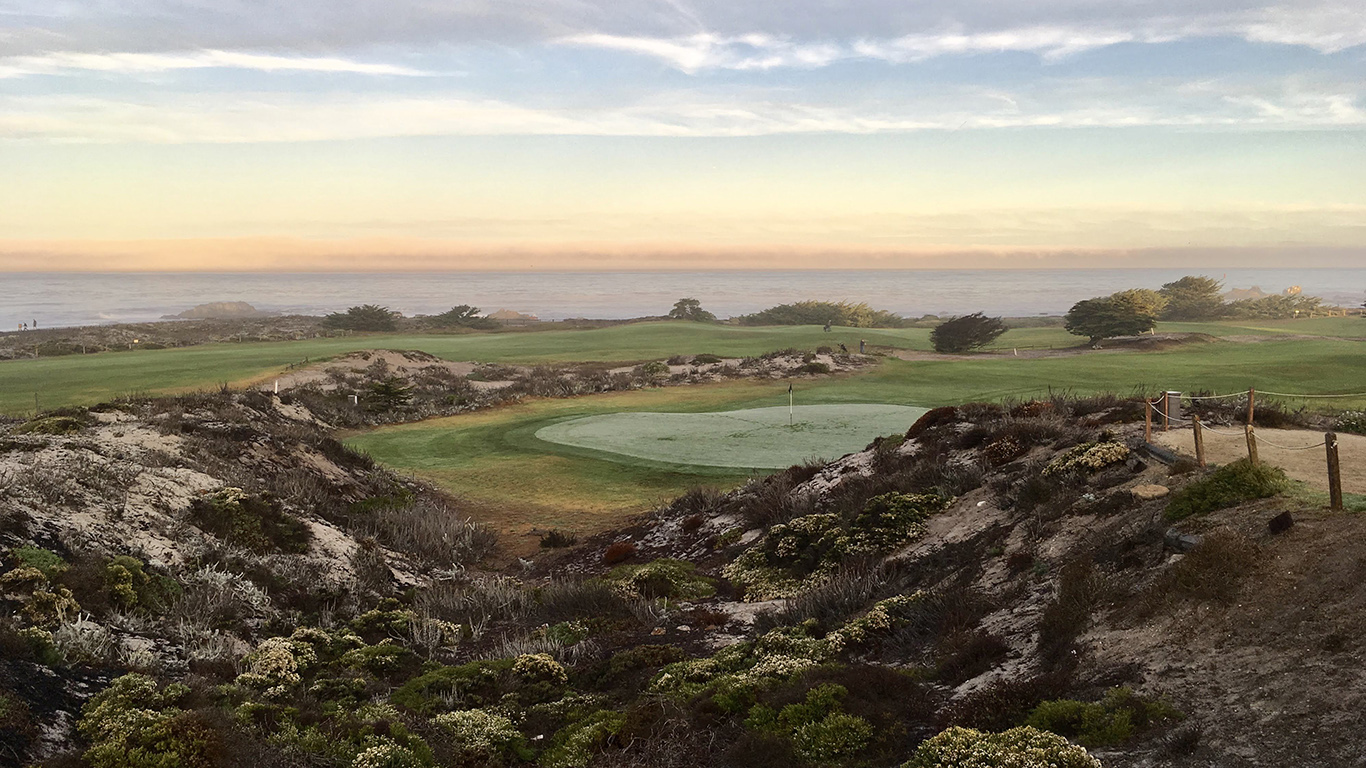
The 13th green at Pacific Grove. Photo: Garrett Morrison
Hole 14 – Aiken Golf Club – 255 yards
This clever boundary-line design could be adapted by almost any course. The ground is nearly dead flat, and the main feature is an out-of-bounds on the left. Not a lot to work with. But architect and owner Jim McNair made the most of it, angling the green to receive shots from close to the property’s edge. Every yard you move right of that line ratchets up the difficulty on the approach. You feel like you should walk away with 3 every time, but you rarely do.
-
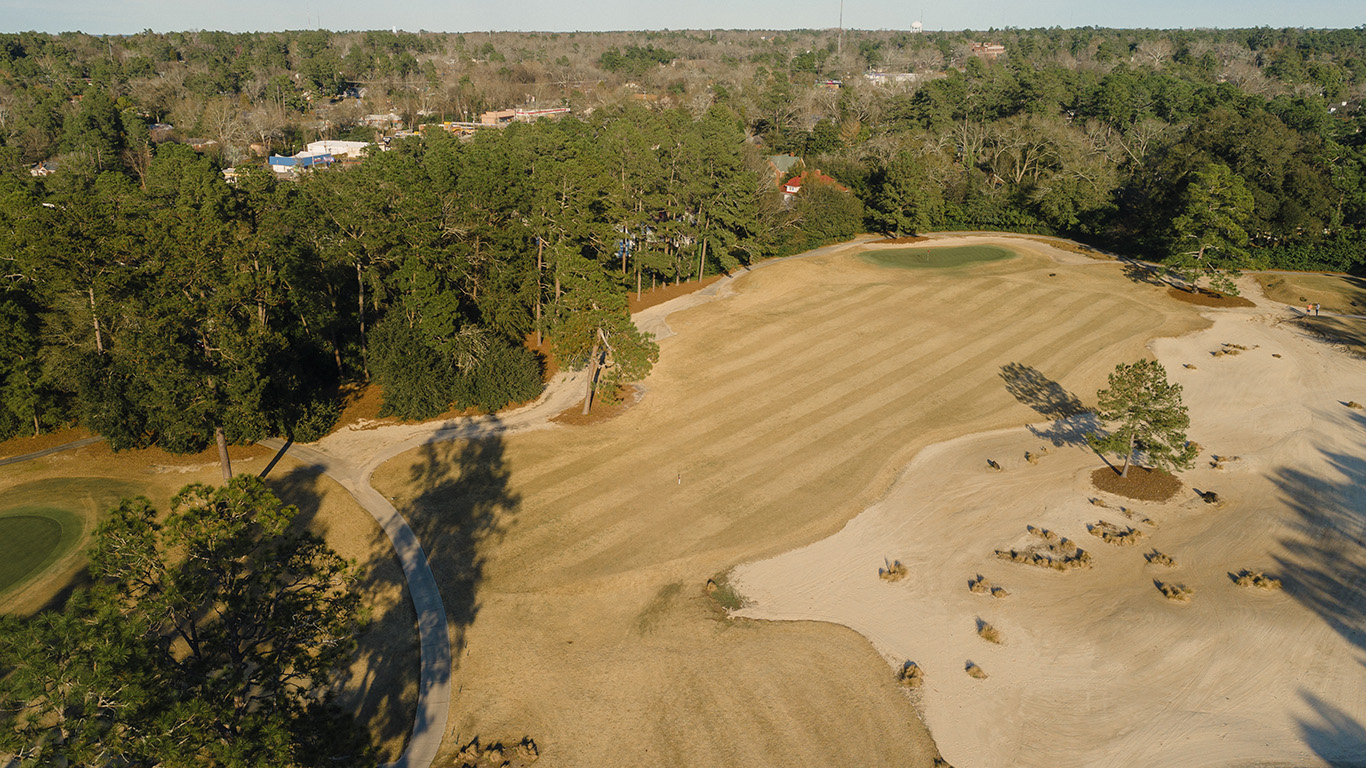
The 14th hole at Aiken. Photo: Andy Johnson
-
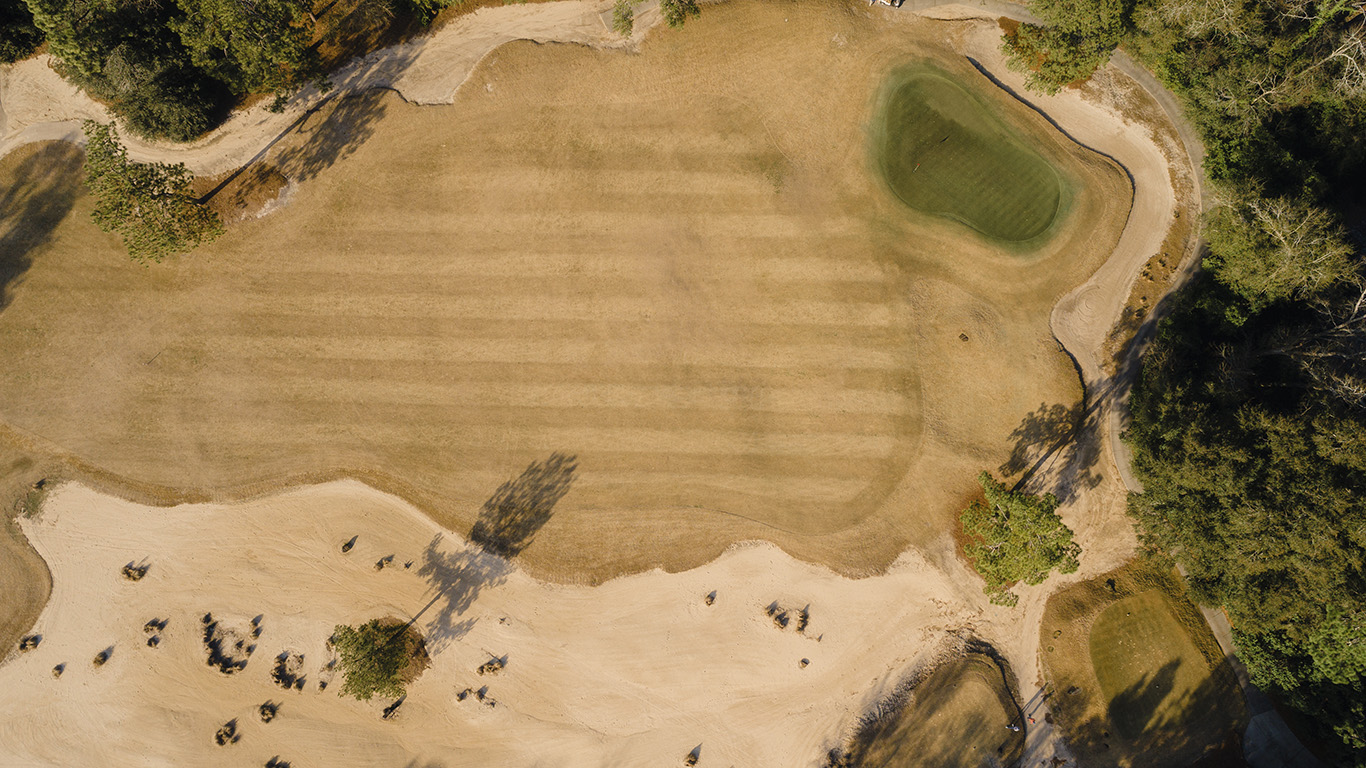
The 14th hole at Aiken. Photo: Andy Johnson
Hole 15 – Diamond Springs Golf Course – 316 yards
Anyone who has played both Diamond Springs and Cal Club—maybe not a big list—would recognize the similarities between Cal Club’s seventh and Diamond Springs’s stunning 15th. (The latter came first, it’s worth noting.) Long hitters can launch it at the green, but the carry is beefy and raises the possibility of a re-tee. While the layup left looks daunting, there is a generous amount of fairway that you can’t see from the tee. From there, though, you’re left with a blind approach into a three-tiered green.
-
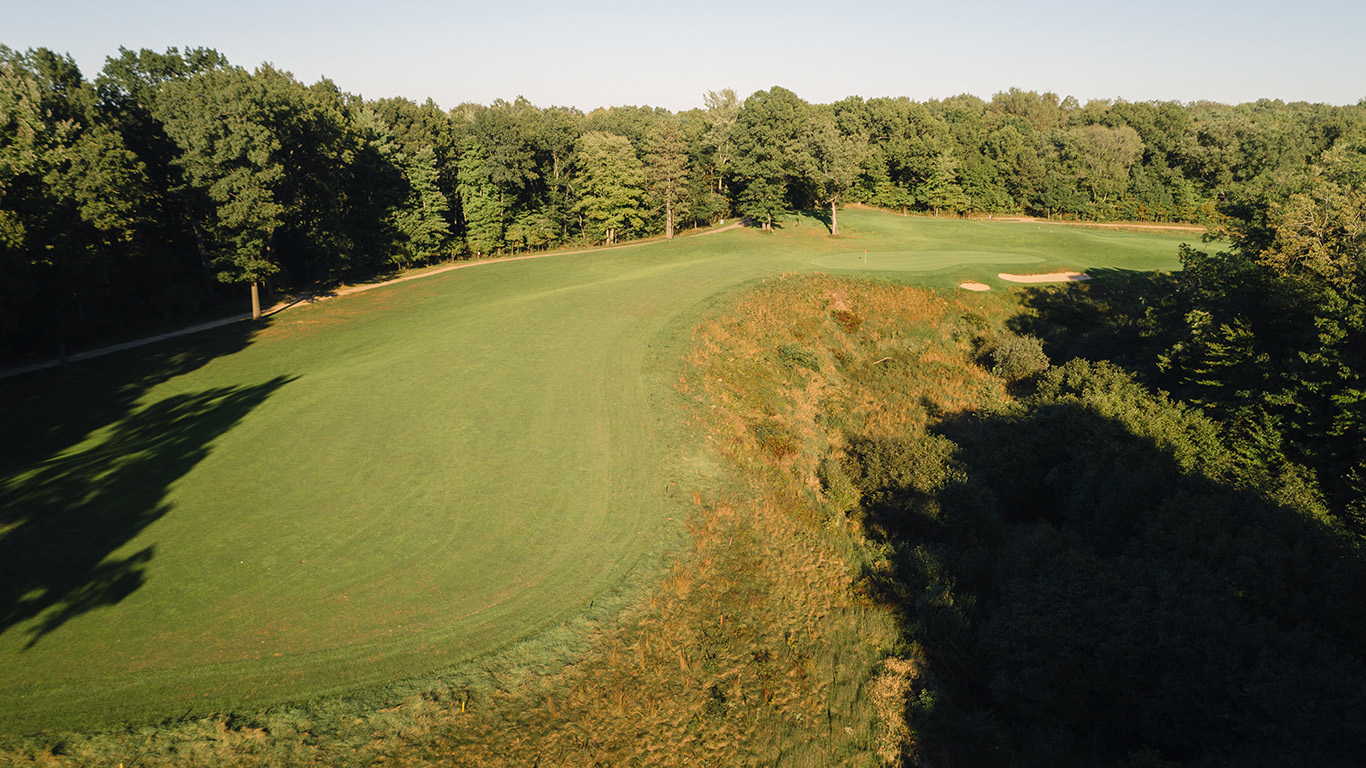
The 15th hole at Diamond Springs. Photo: Andy Johnson
-
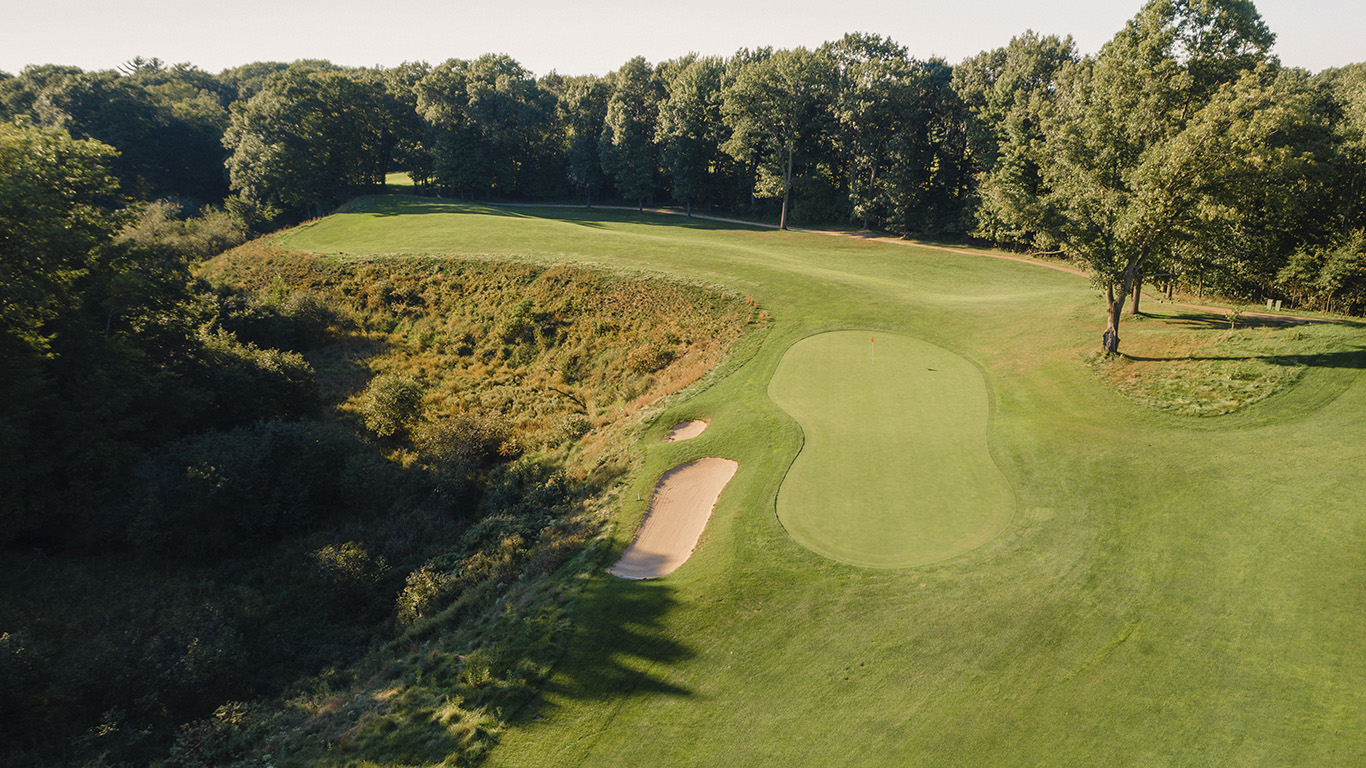
The 15th hole at Diamond Springs. Photo: Andy Johnson
Grand Rapids-area public golf, as this video shows, is top-notch:
Hole 16 – Pasatiempo Golf Club – 392 yards
Between its par 3s and five short par 4s, Pasatiempo has an embarrassment of riches when it comes to sub-400-yard holes. But the iconic 16th, with its jaw-dropping green, was a fairly obvious choice. This green is the closest Alister MacKenzie came to building a Sitwell green in America. It has four tiers, each requiring immense precision to hit from a downhill lie in the fairway.
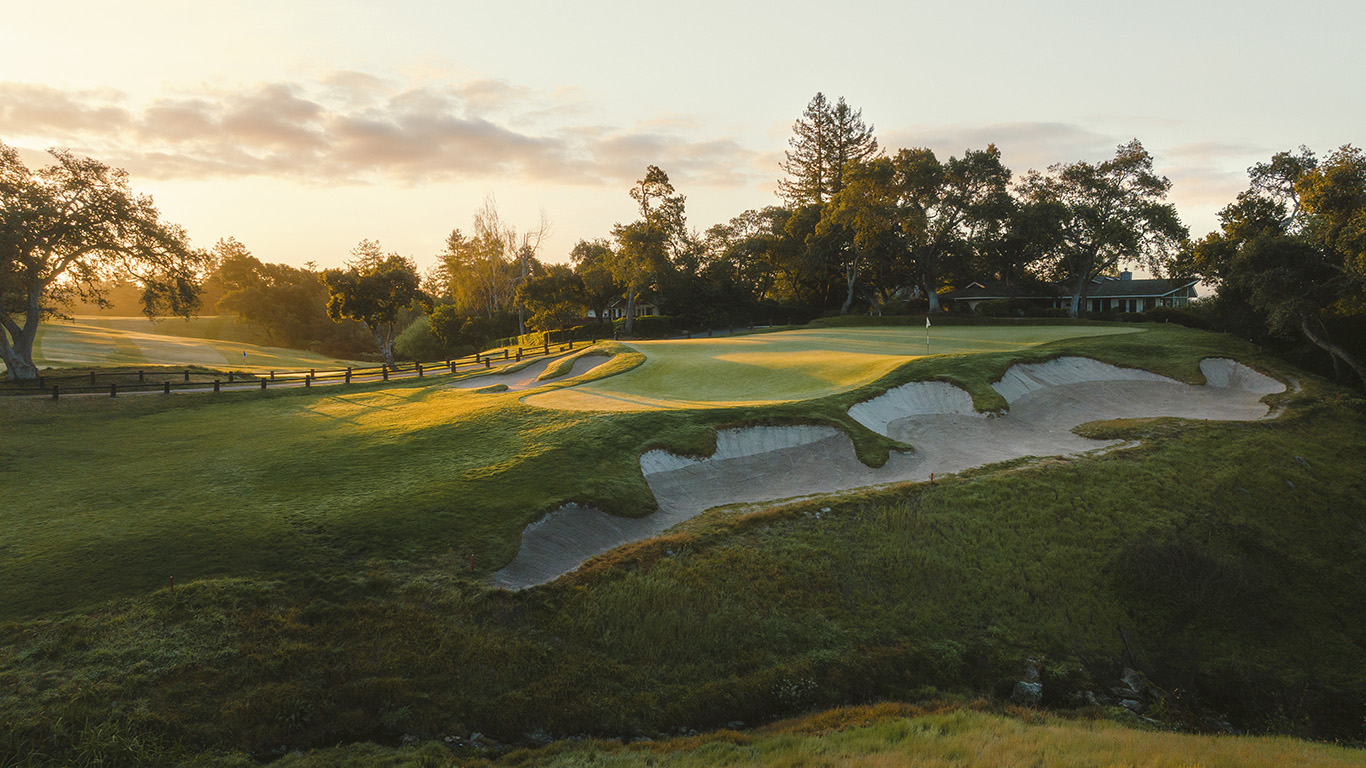
The 16th green at Pasatiempo. Photo: Andy Johnson
Check out our video on MacKenzie’s use of the land on the back nine:
Hole 17 – George Wright Golf Course – 167 yards
George Wright is one of the best municipal golf courses in the country, and with a bit more work, it could be the best. The 17th isn’t its best hole, but it represents some of the course’s unique traits. A rock outcropping provides visual interest from the tee, and the green, sitting on a small, severely canted ridge, requires thoughtful play.
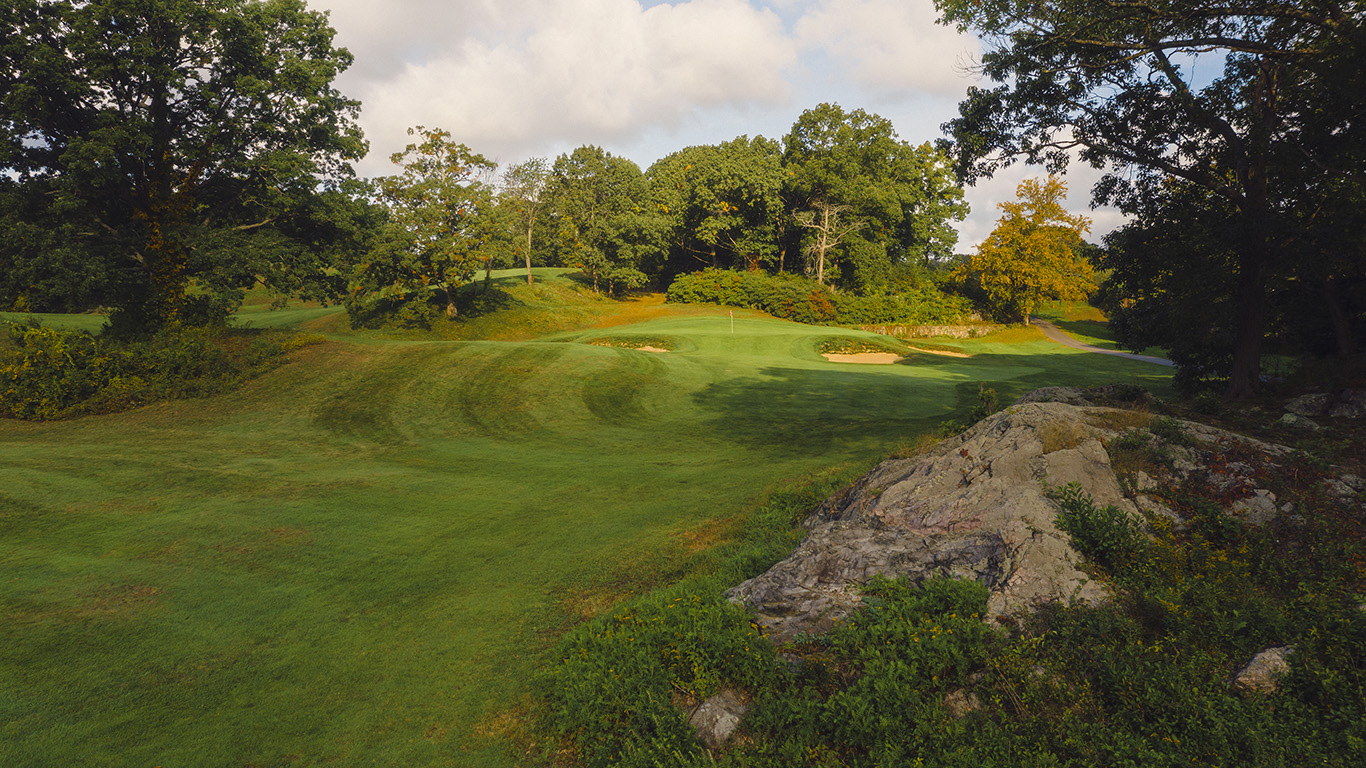
The 17th hole at George Wright. Photo: Andy Johnson
Hole 18 – Sweetens Cove Golf Club – 148 yards
The finishing ninth at Sweetens Cove (our 18th) produces tons of end-of-round drama. Some don’t like a par 3 as a closer, but a well-executed one holes generates a wide range of outcomes. Great shots yield easy birdies and poor shots can lead to doubles or worse. If your match is all square going into the final hole, a great par 3 can amplify the (*Paul Azinger voice*) PRESSURE. Hit a proper shot or lose.
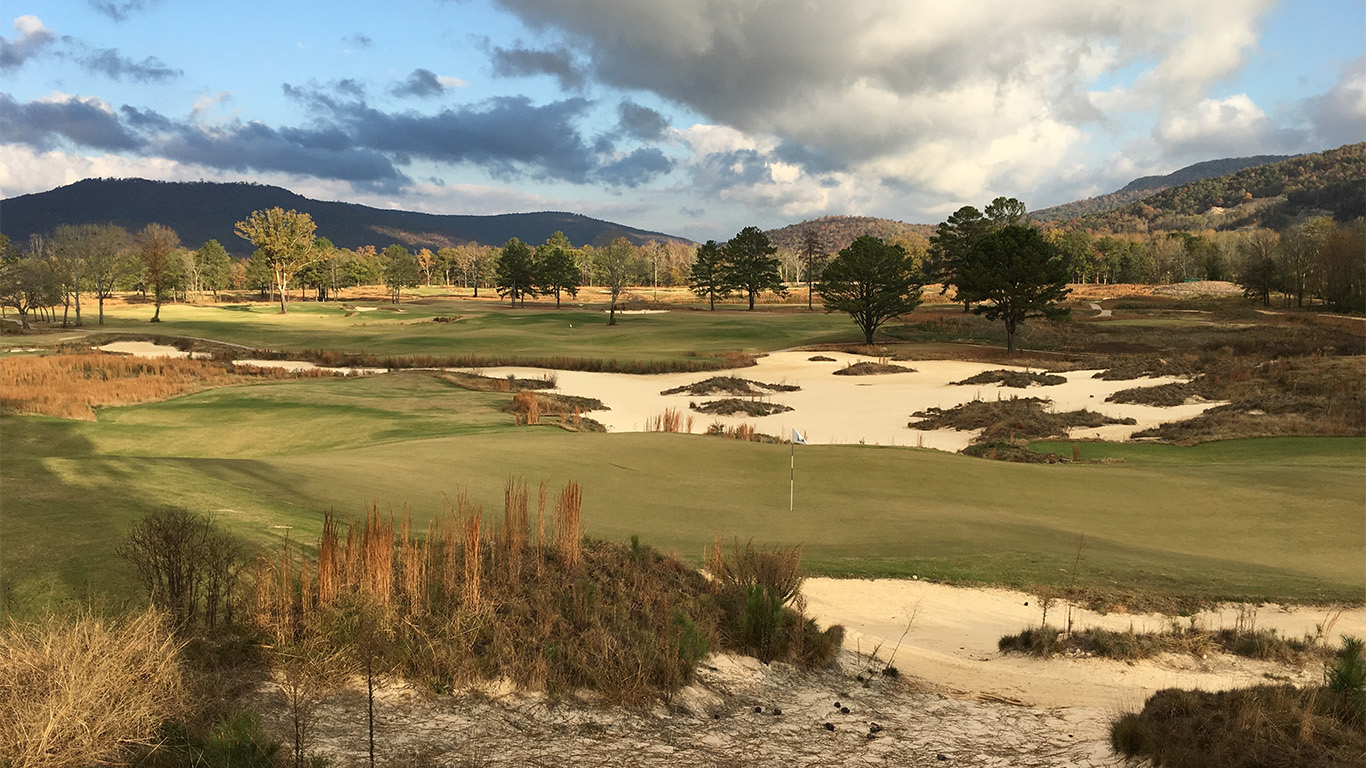
The ninth hole (our 18th) at Sweetens Cove. Photo: Andy Johnson
Par 66 – 5,026 yards


 by
by 
